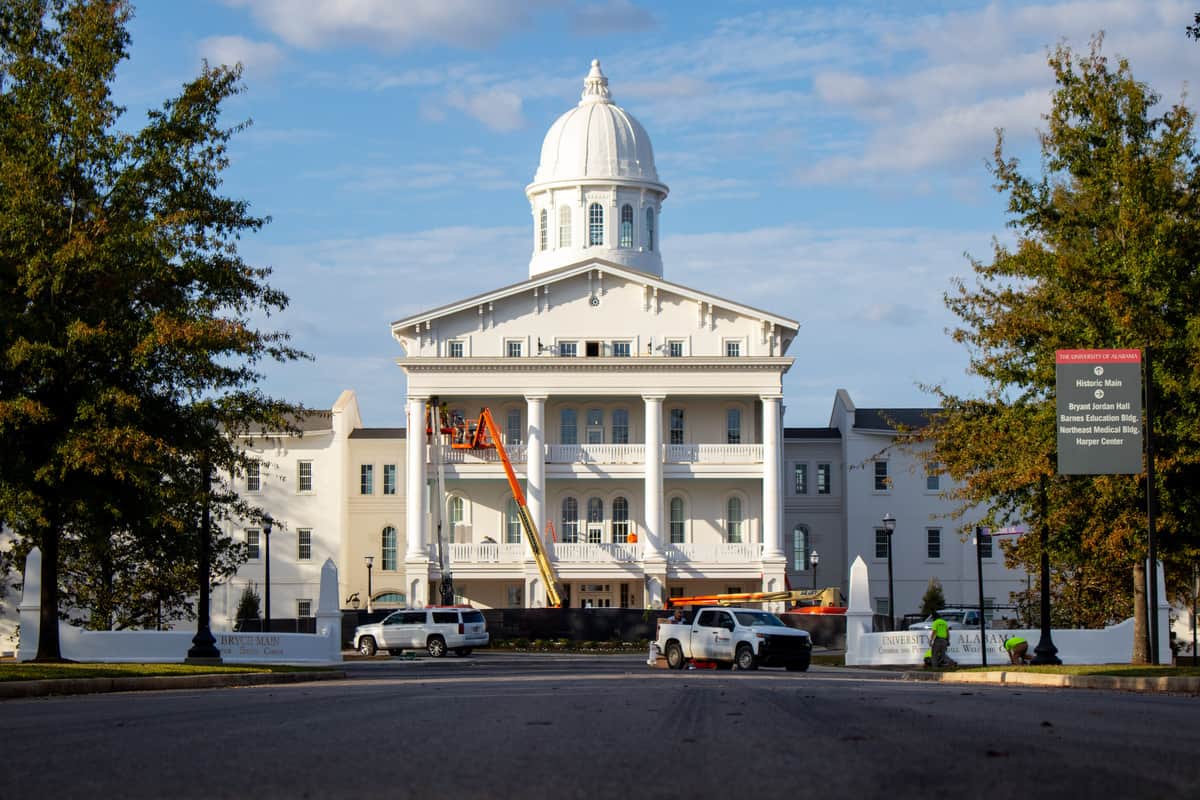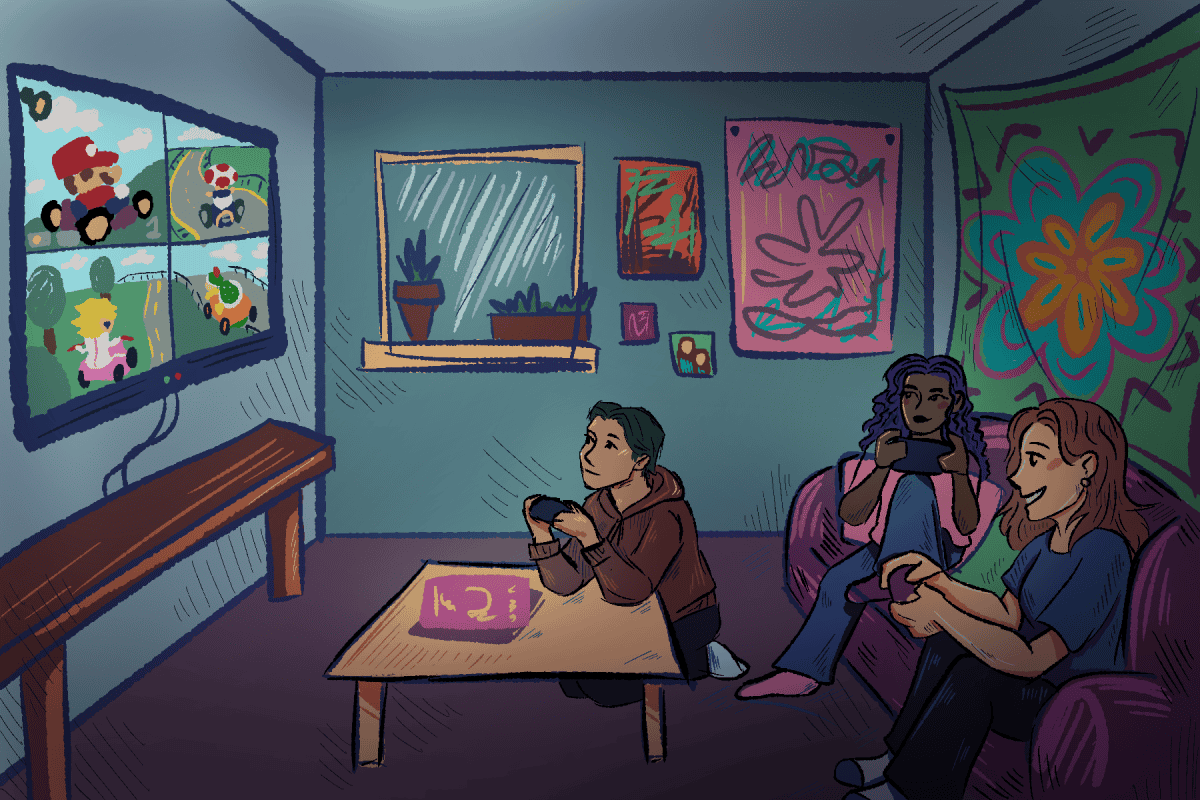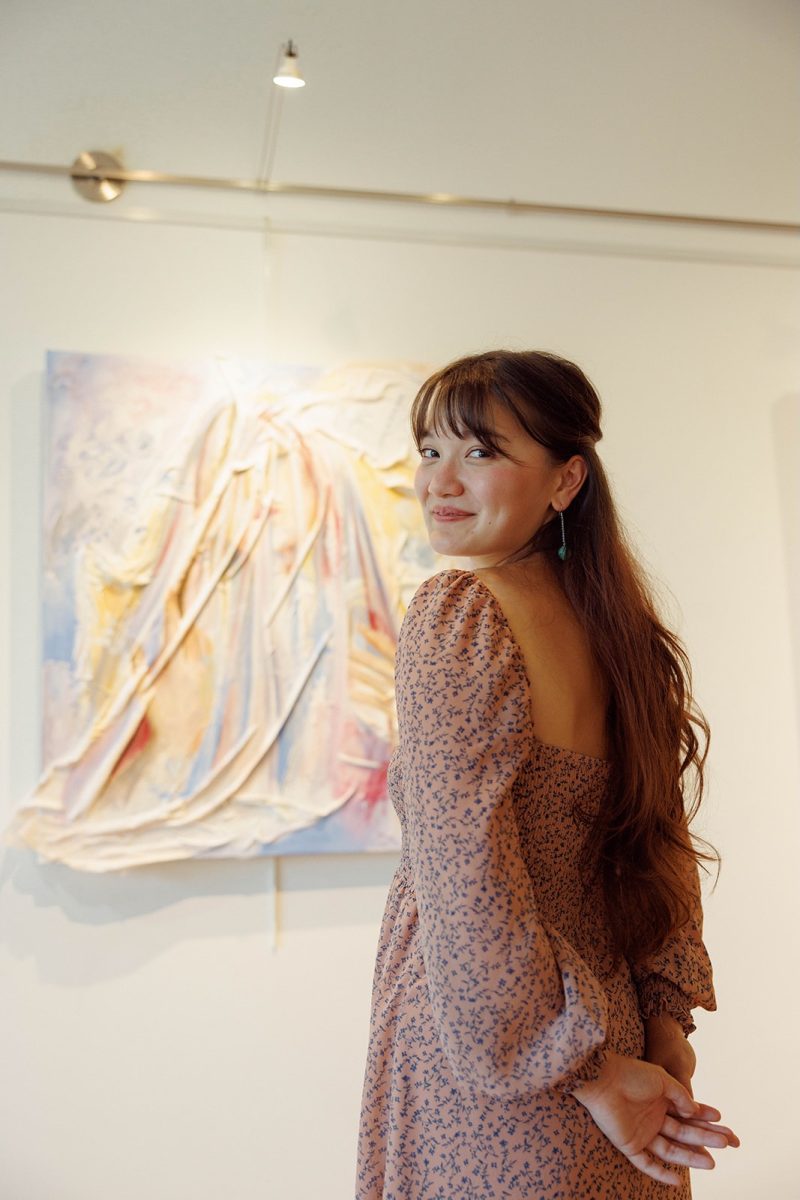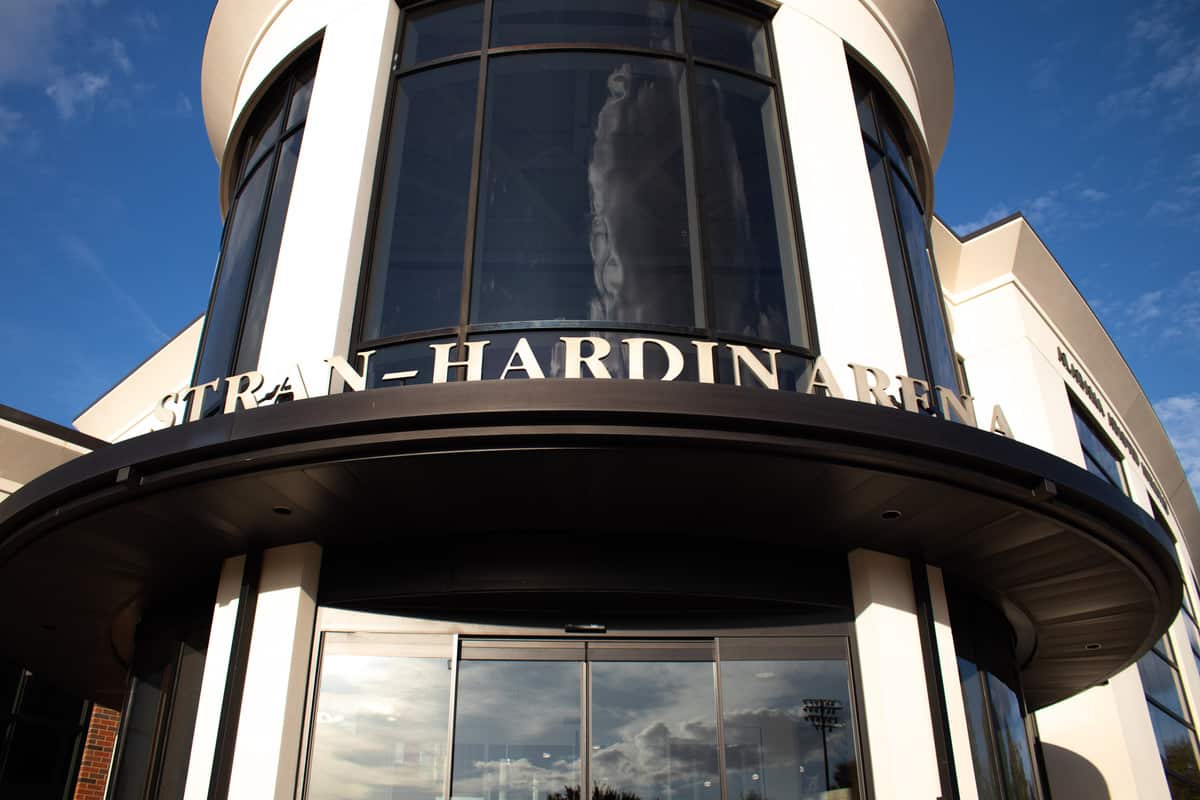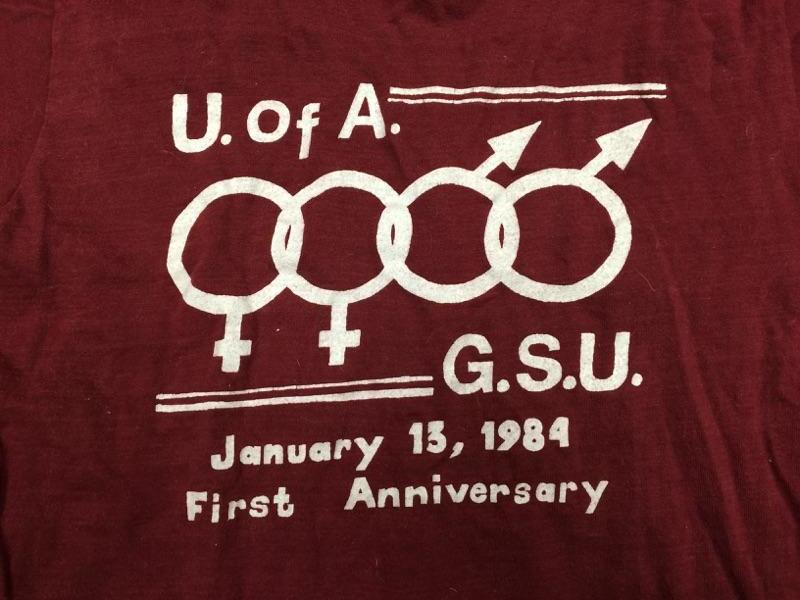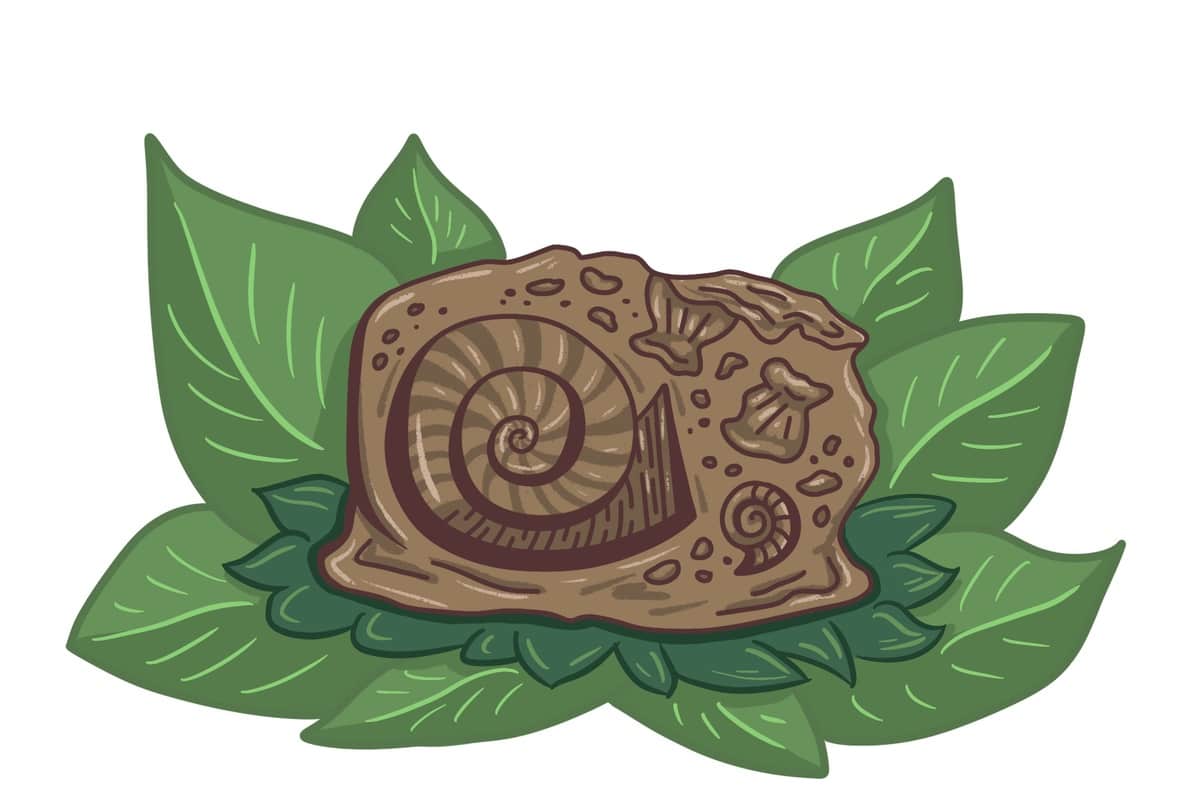The historic Bryce Hospital is now being given the chance to pave an educational path. In the 1850s, Bryce Hospital was constructed in Tuscaloosa, and it was officially inaugurated as the Alabama State Hospital for the Insane in 1861; in 2010 the University of Alabama acquired the property to turn it into a performing arts center.
Bryce’s background
The hospital was renamed Bryce Hospital in 1900 after the death of its first superintendent, Peter Bryce. During Bryce’s time at the hospital, he implemented a plan called “moral treatment.” The plan allowed patients to continue work they were most familiar with, which included working on the farm, in the laundry room or in the sewing room.
Bryce believed that this would help his patients heal and change their focus from their mental condition to something more productive.
However, after Bryce’s death, citizens around the hospital started to get concerned with the time patients were spending there. In 1970 a lawsuit, Wyatt v. Stickney, challenged the treatment of patients at the hospital.
The lawsuit said that patients had the right to receive a humane psychological and physical environment, qualified staff in numbers sufficient to administer adequate treatment and individualized treatment plans. The decisions from the case established what are now known as the Wyatt Standards.
“To deprive any citizens of his or her liberty upon the altruistic theory that the confinement is for humane therapeutic reasons and then fail to provide adequate treatment violates the very fundamentals of due process,” Judge Frank Johnson Jr., who ruled in the case, wrote.
According to the Encyclopedia of Alabama, the hospital was accused of using patients for free labor. In fact, some patients wrote and edited a newspaper, called The Meteor, that The Crimson White covered in 2017. However, in 2003 the lawsuit was dismissed, and the humane treatment of patients has become standard practice through statutes and regulations.
The Disability Justice website says that the treatment of patients at state hospitals was inhumane, and the practices were inadequate.
The editor of a Montgomery newspaper compared the conditions at Alabama’s inpatient institutions to the conditions at the concentration camps in Germany during World War II, according to the Disability Justice website.
The building, now abandoned, has been a piece of discussion for years due to its worn-down and “haunted” manner. YouTube videos, X/Twitter threads, photo galleries and Instagram posts have been platforms for people to share their visits to the abandoned hospital. Peeling paint, broken windows and destroyed ceilings help create the eerie feeling people get when stepping inside.
Bryce Hospital also had a cemetery, which can be found close to campus. It is located on the north side of Jack Warner Parkway — formerly River Road — behind Bryce Hospital. It has been used since the 1920s and is home to patients who died at Bryce. These people did not have another place for burial or had no family members who would claim them, so the cemetery offered them a peaceful place to rest after death.
The first recorded burial dates to 1861. While only a few graves are marked, it is estimated that thousands of individuals are buried here.
New beginning for Bryce Hospital
Bryce Hospital was moved to McFarland Boulevard in 2009, and The University of Alabama acquired the original property in 2010, embarking on a substantial $40 million renovation endeavor that focuses on the original four-story central hospital building and four out of the original six wings.
This renovation project is an integral component of a larger $121 million initiative, which also encompasses the construction of a new performing arts center on the premises. As outlined by University of Alabama planner Dan Wolfe, the revitalized hospital structures will serve a variety of purposes, including a University welcome center, a museum dedicated to mental health, a repository of the University’s historical heritage, event venues and classrooms for students studying performing arts.
The construction end date is still to be determined, but the groundbreaking occurred Oct. 20.
The performing arts center will be called the Smith Family Center for the Performing Arts after Mark Smith, the father of UA graduate Clay Smith.
“The groundbreaking honors many years of planning and fundraising efforts to create a cutting-edge facility that will meet the performance, design and production needs of a theatre and dance department that has more than doubled its enrollment over the last 20 years,” Alex House, the University’s assistant director of communication, wrote in an article.
The center is going to replace Bryant-Jordan Hall, Marian Gallaway Theatre and the Dance Theatre as the primary performance space for students.
House wrote that the center will have larger stage openings and offstage spaces as well as orchestral pits, adjustable acoustics, deeper stages and engineered floors.
The Campaign for the Performing Arts page has floor plans, pictures of the outside and inside, and opportunities to name parts of the center.
“A new Performing Arts Academic Center will have a tremendous impact on both UA students and the surrounding community,” the page says. “Our students will experience a seamless transition into the professional world as they will now learn and perform in theatres rivaling major performance venues across the country.”
The performing arts center will allow for a new history to be started on historical land and grant the opportunity to turn the space into something extraordinary.

